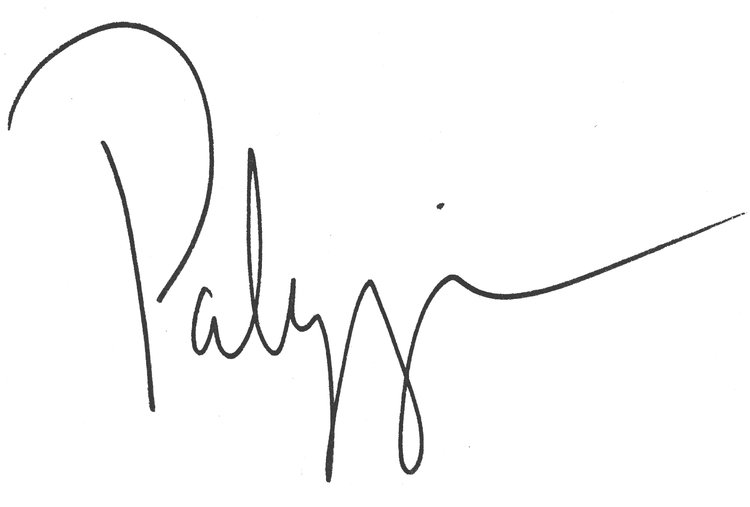A THOUSAND PLATEAUS
In A thousand plateaus, Paluzzi projects his archival landscape images onto moveable walls, distorting them to mirror memory’s shifting nature. At the center stands his own body, evoking Romantic painters like Caspar David Friedrich and J.M.W. Turner. This setup explores the fluid relationship between memory, identity, and perception, where the figure is both part of and separate from the landscape. Drawing from Deleuze’s “body without organs,” Paluzzi presents identity as ever-changing. By positioning himself within this shifting space, he creates a dialogue between self and environment, emphasizing the continuous transformation of both memory and the body.
A thousand plateaus
Pigment ink on transparency film encased in plexiglass
5 x 7 in | Edition of 1
2019
